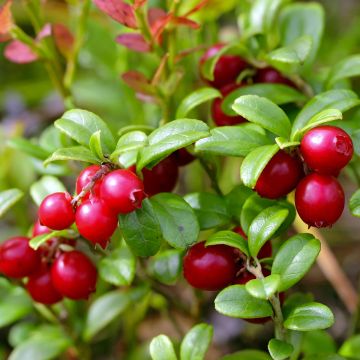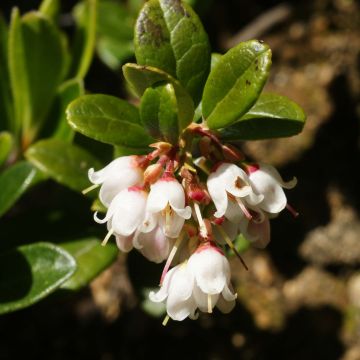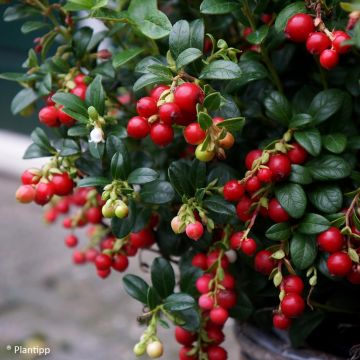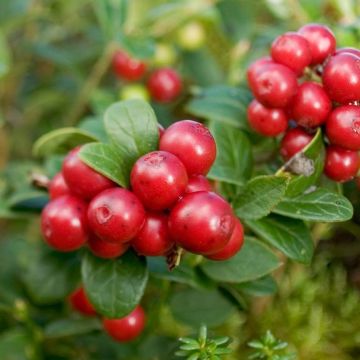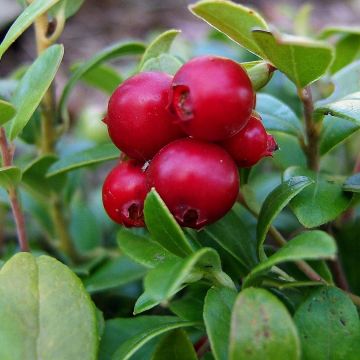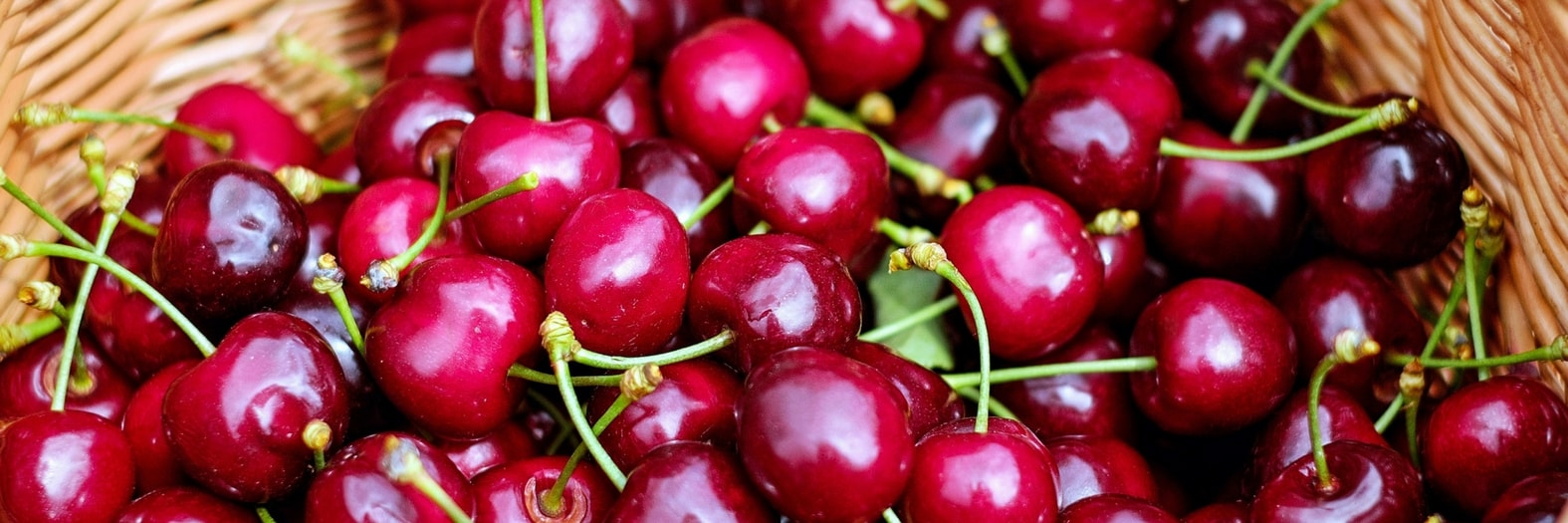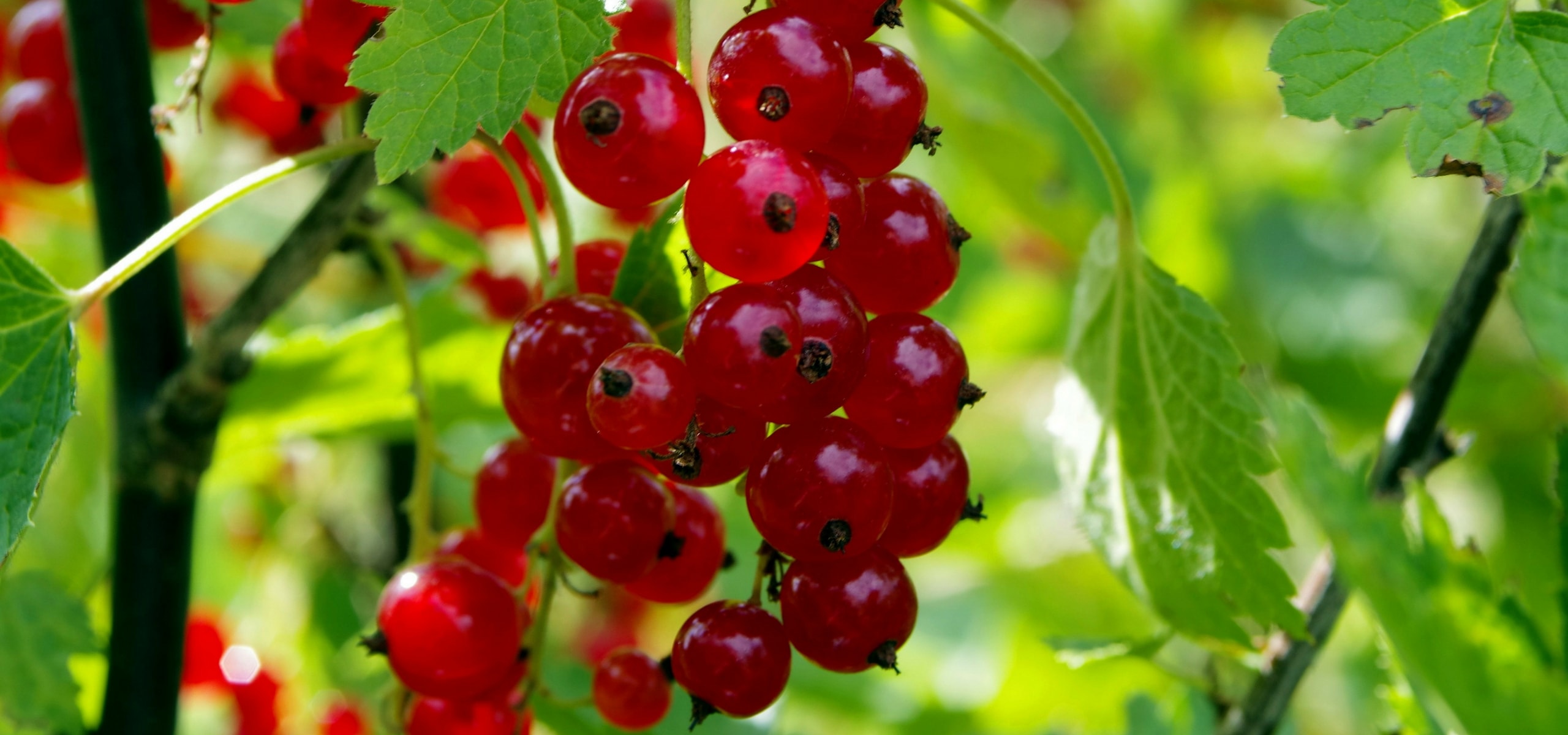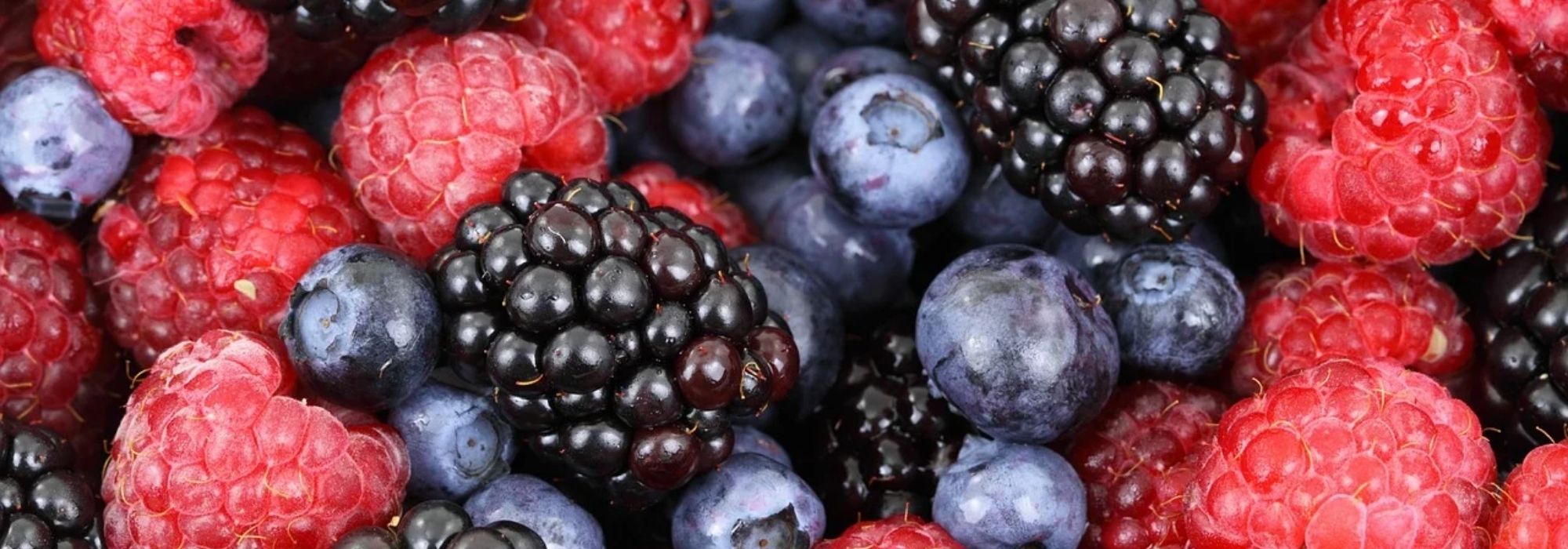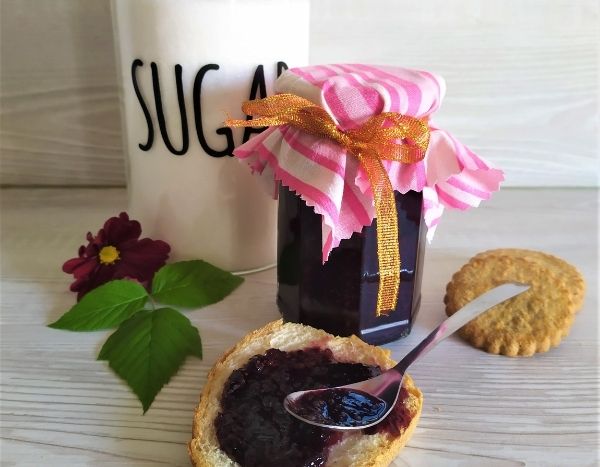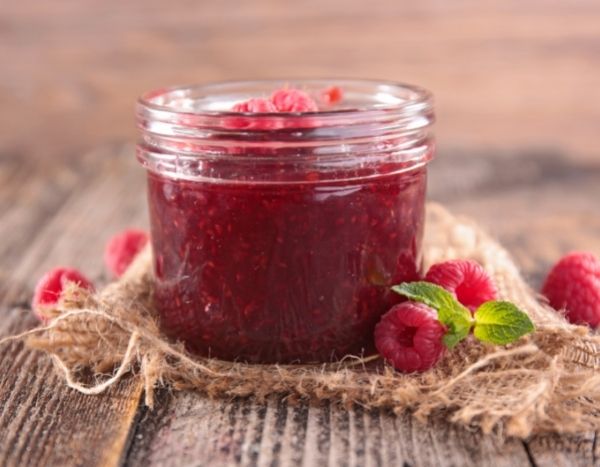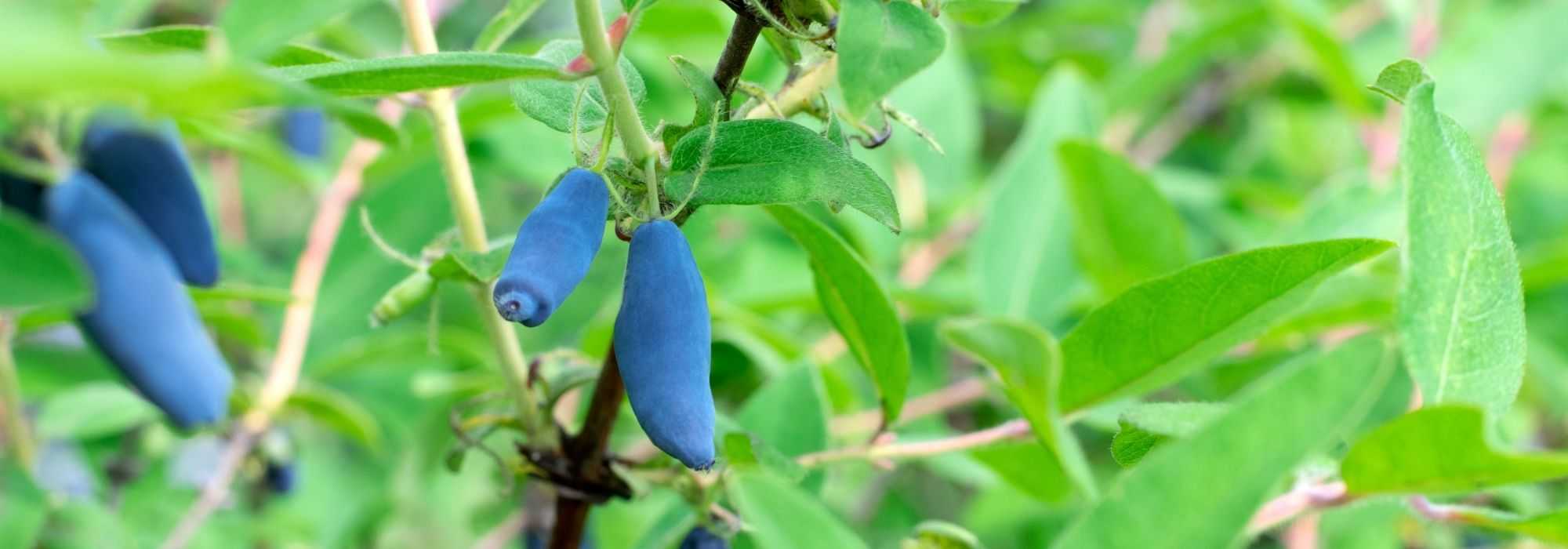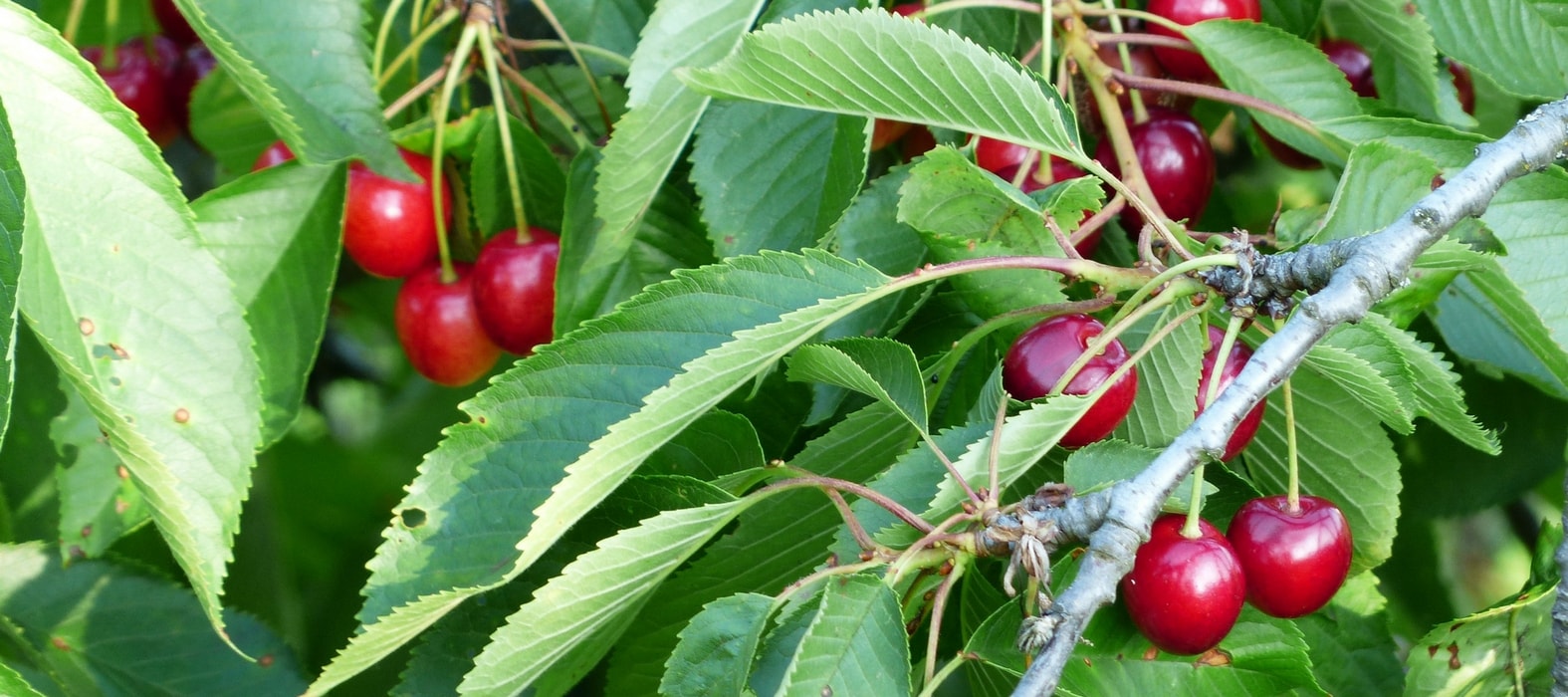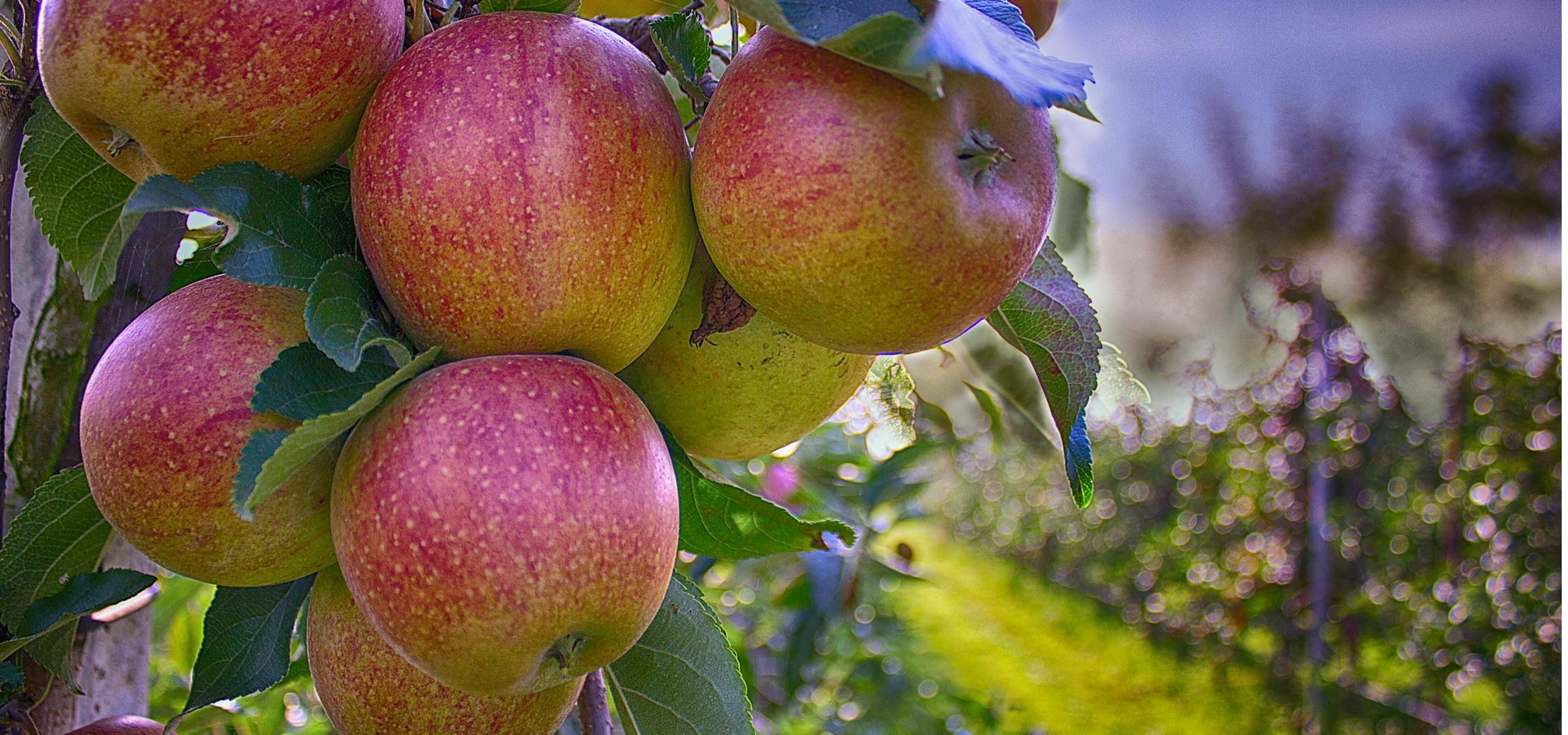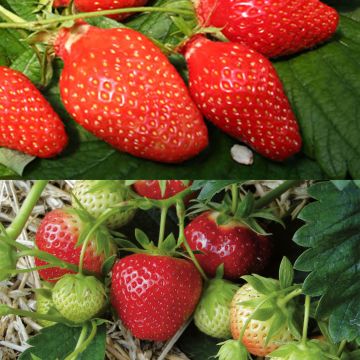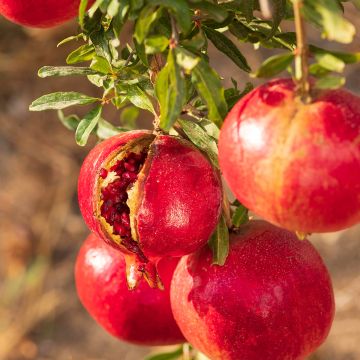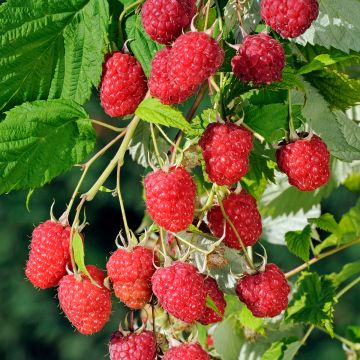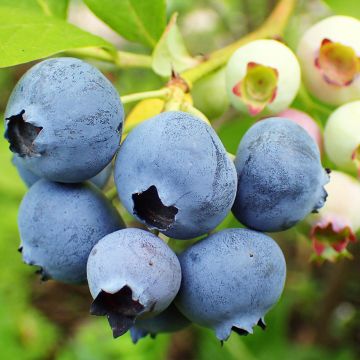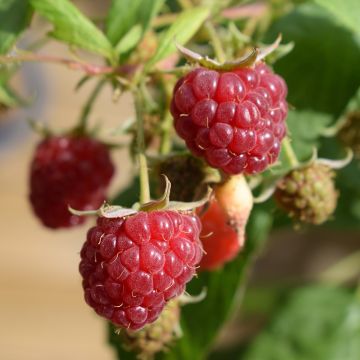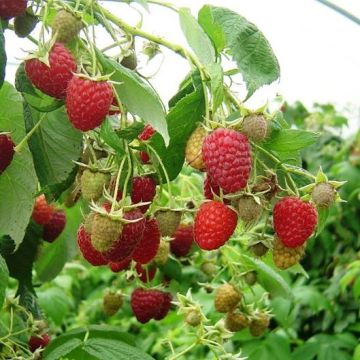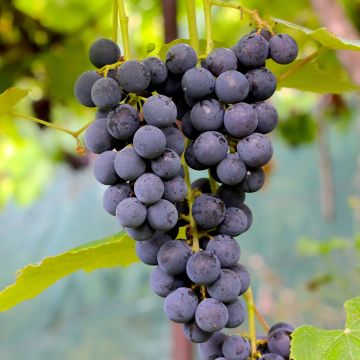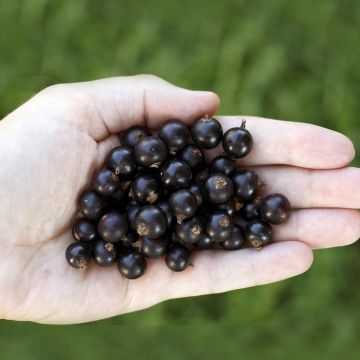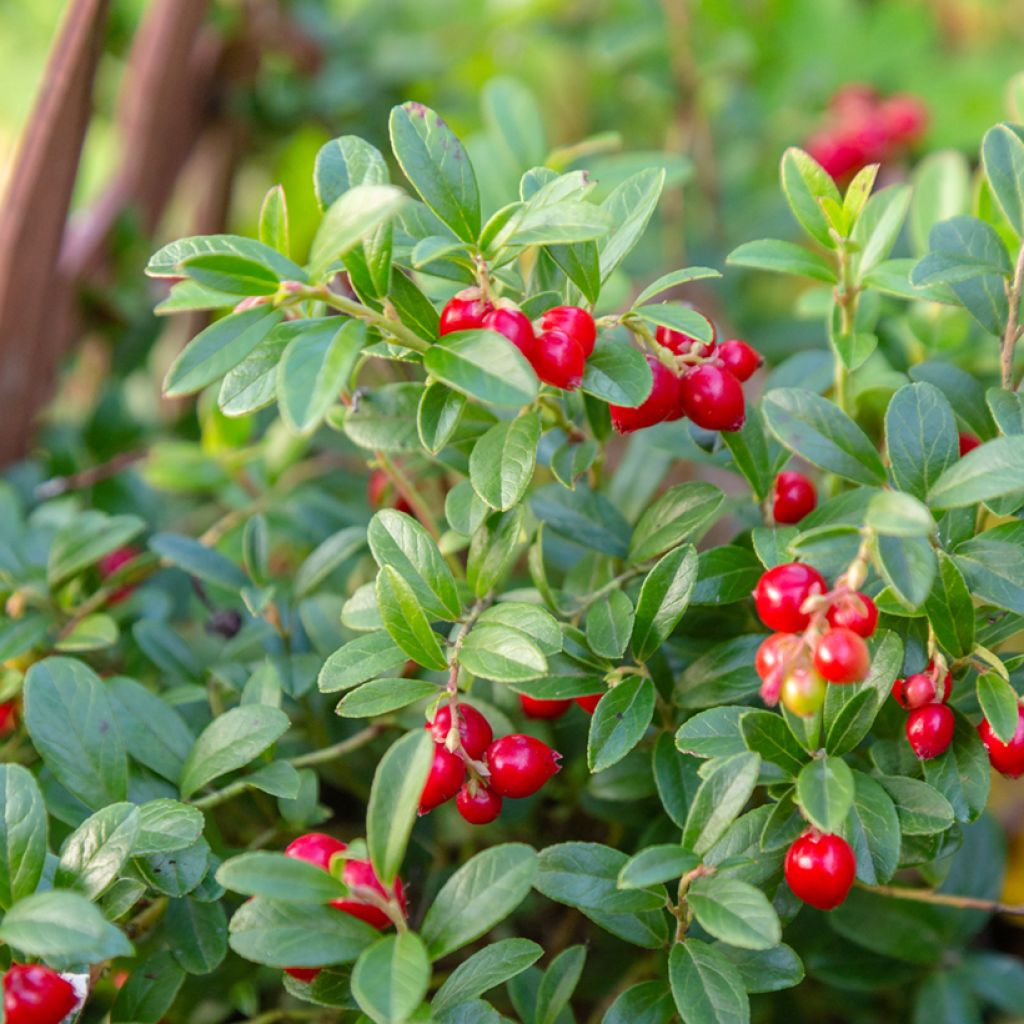

Vaccinium vitis-idaea Koralle - Bilberry
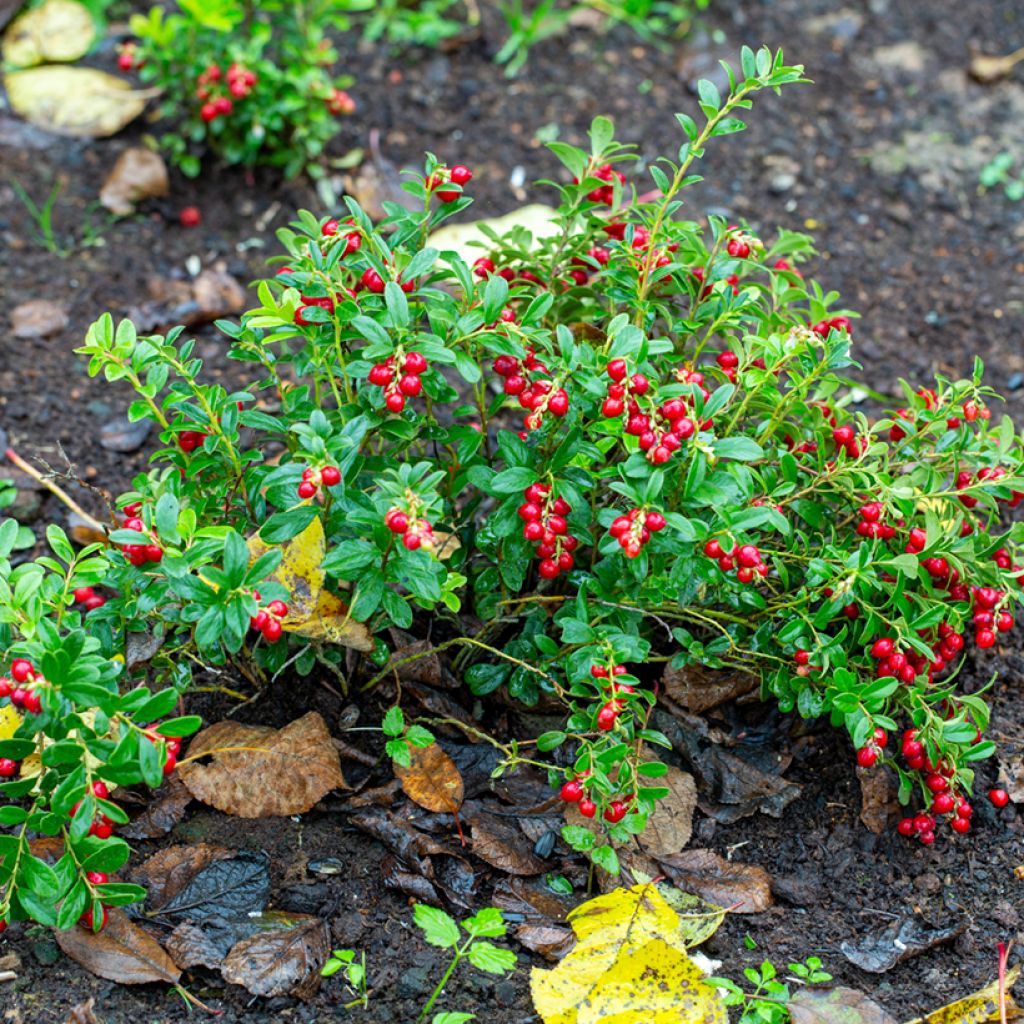

Vaccinium vitis-idaea Koralle - Bilberry
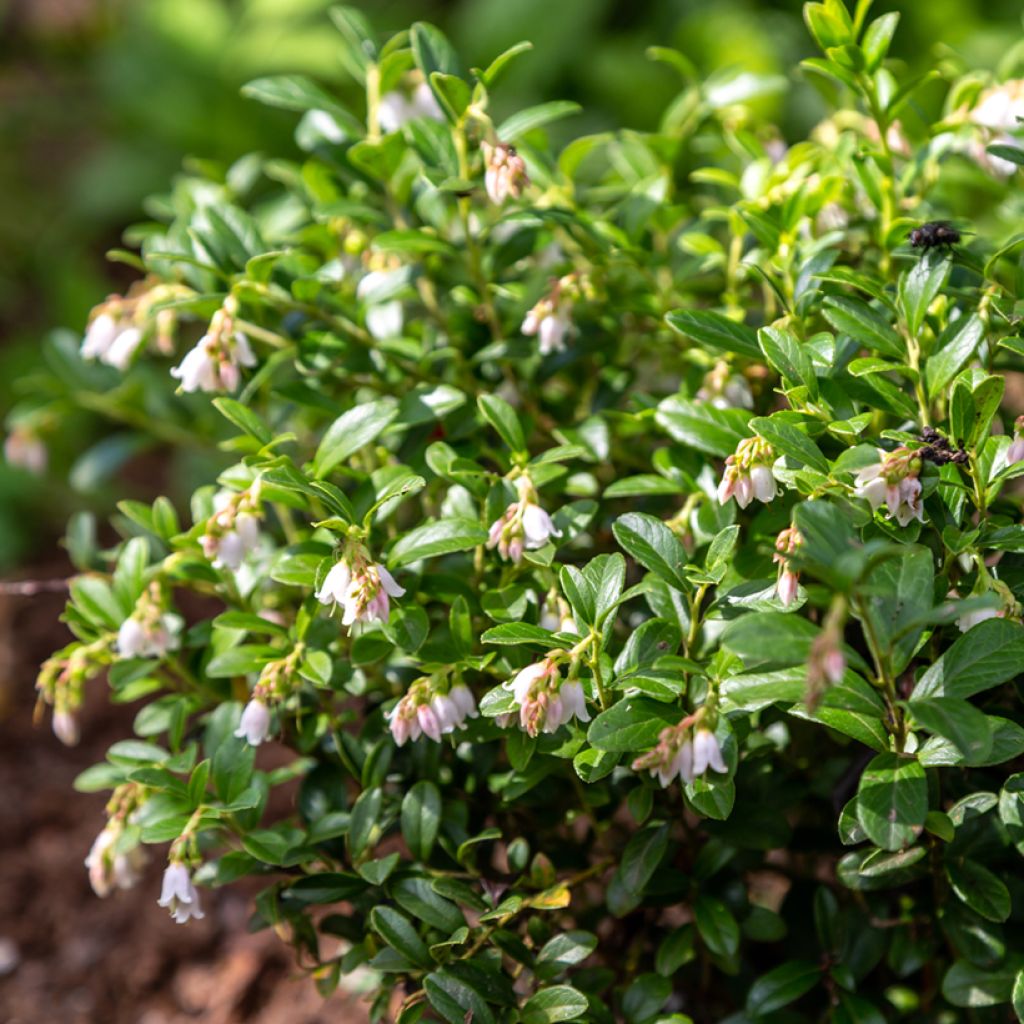

Vaccinium vitis-idaea Koralle - Bilberry
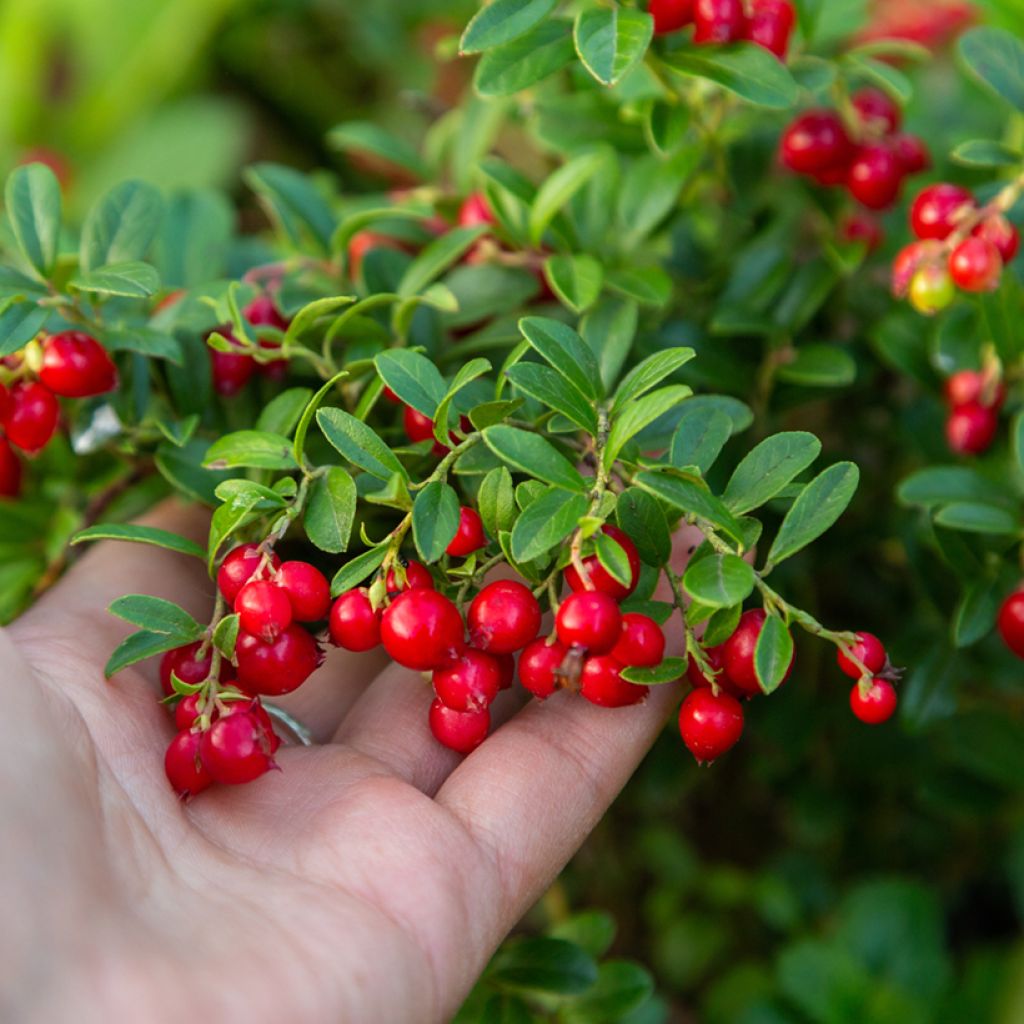

Vaccinium vitis-idaea Koralle - Bilberry
Vaccinium vitis-idaea Koralle - Bilberry
Vaccinium vitis-idaea Koralle
Lingonberry, Cowberry, Mountain Cranberry
Special offer!
Receive a €20 voucher for any order over €90 (excluding delivery costs, credit notes, and plastic-free options)!
1- Add your favorite plants to your cart.
2- Once you have reached €90, confirm your order (you can even choose the delivery date!).
3- As soon as your order is shipped, you will receive an email containing your voucher code, valid for 3 months (90 days).
Your voucher is unique and can only be used once, for any order with a minimum value of €20, excluding delivery costs.
Can be combined with other current offers, non-divisible and non-refundable.
Why not try an alternative variety in stock?
View all →This plant carries a 6 months recovery warranty
More information
We guarantee the quality of our plants for a full growing cycle, and will replace at our expense any plant that fails to recover under normal climatic and planting conditions.
Description
Vaccinium vitis-idaea 'Koralle' is a red berry shrub known for its high fruit-bearing capacity. Growing slowly, it forms a spreading cushion that is adorned in spring with pretty small flowers in pinkish white, nicely complemented by the dark green evergreen foliage. Self-fertile, they then develop into very decorative bright red fruits from late summer onwards. Rich in vitamins and antioxidants, they can be eaten fresh or processed into jams or desserts. This very hardy Vaccinium like the blueberry grows in acidic, moist soil, under light shade and can also be grown in a pot when soil conditions are unsuitable.
The cowberry belongs to the Ericaceae family, which includes many ornamental genera, such as Rhododendrons, Heathers or Kalmias, and also some plants with fruits that are both ornamental and edible, such as Blueberries or Strawberry Trees. Vaccinium vitis-idae, or Cowberry, is found throughout the Northern Hemisphere, growing in coniferous forests and on heathlands covered with dwarf shrubs that thrive on acidic and humus-rich soils, in humid climate zones. It is very hardy and found in the Alps up to an altitude of 3000 m. This dwarf shrub has a low, spreading habit, extending through underground rhizomes.
The 'Koralle' cultivar is a Dutch selection from 1969 credited to H. Van der Smit. This slow-growing shrub forms a cushion reaching a maximum height of 20 to 30 cm, with a spread of 40 to 60 cm over time. The fine, shallow roots, with few branches, produce suckers that allow the plant to spread. The branches are adorned with small, elliptical dark green, 2 to 3 cm long leaves, shiny on the upper side and lighter underneath. They are evergreen and form an ornamental vegetation that serves as a backdrop for both the flowering and the subsequent fruits. In May-June, clusters of small pinkish-white, bell-shaped, 5 to 7 mm long flowers bloom. They are reminiscent of lily of the valley, with fused petals, called a gamopetalous corolla, which is the general rule among Ericaceae. This first flowering, which occurs on the previous year's wood, is often followed by a second in August, this time on the current year's growth. This nectar-rich flowering is also ornamental. It is followed by a spherical to slightly ovoid, small fruits measuring 0.8 to 1 mm in diameter and 1 to 1.2 mm in length, a particularly attractive bright red. These berries are abundant on 'Koralle', which is probably one of the most fruitful varieties, and truly enhanced by the dark foliage. They are also edible and can be eaten fresh, cooked in desserts, or used to make jams or jellies, with their tangy flavour mellowing slightly. Low in calories and high in nutritional value, this small fruit can also accompany game.
Ornamental and fruit-bearing, Vaccinium vitis-idaea 'Koralle' will find a place on the edge of an acidic soil plant bed. Plant it alongside other Ericaceae to create vegetation tiers. A Pieris japonica 'Little Heath', a small Japanese Andromeda with charming green foliage variegated with white and spring shoots in pink, will fit just behind, reaching 60 cm in height. In the second row, opt for taller shrubs like the magnificent Mountain Laurels, or Kalmias, often overlooked despite their dazzling flowering in May-June. In the background, choose large Rhododendrons, such as Rhododendron catawbiense 'Grandiflorum' with large light lilac flowers. If you have enough space, add a Betula nigra 'Heritage', a medium-sized Birch whose magnificent bark will enhance your bed in winter. And if your soil is not suitable for planting these types of plants, console yourself by placing your Cowberry in a lovely pot, on the terrace, within easy reach of the kitchen...
Report an error about the product description
Plant habit
Fruit
Flowering
Foliage
Botanical data
Vaccinium
vitis-idaea
Koralle
Ericaceae
Lingonberry, Cowberry, Mountain Cranberry
Cultivar or hybrid
Other Cranberries
View all →Planting and care
Planting the Red Cranberry 'Koralle' ideally takes place in autumn or spring, avoiding frost and heatwaves. This bush should be planted in partial shade, at the edge of a woodland, in light woodland or facing east, away from scorching sun. It is very hardy (-30°C) and will grow without difficulty if the soil and exposure suit it.
Place it in a very acidic to acid soil (pH between 4 and 6), by incorporating ericaceous soil or in a mix of ordinary soil and peat, well-decomposed bark compost. The collar should be level with the ground. Firm the soil and water generously, with non-calcareous water. In slightly chalky to neutral soil, dig a hole 50 to 60 cm deep, line the edges with a garden felt, then fill with a mix of compost and ericaceous soil. The cranberry tolerates soils occasionally saturated with water, for example on the banks of a stream.
The soil should remain moist to wet. If watering is necessary, use non-calcareous and non-chlorinated water (e.g., rainwater collection). Mulch the base with shredded bark, straw or fern leaves. It can be useful to place a protective net if birds are too greedy during harvest. In spring, annually apply a bit of well-rotted compost on the surface. The cranberry is not very susceptible to diseases and pests.
Planting period
Intended location
Care
Planting & care advice
This item has not been reviewed yet - be the first to leave a review about it.
Similar products
Haven't found what you were looking for?
Hardiness is the lowest winter temperature a plant can endure without suffering serious damage or even dying. However, hardiness is affected by location (a sheltered area, such as a patio), protection (winter cover) and soil type (hardiness is improved by well-drained soil).

Photo Sharing Terms & Conditions
In order to encourage gardeners to interact and share their experiences, Promesse de fleurs offers various media enabling content to be uploaded onto its Site - in particular via the ‘Photo sharing’ module.
The User agrees to refrain from:
- Posting any content that is illegal, prejudicial, insulting, racist, inciteful to hatred, revisionist, contrary to public decency, that infringes on privacy or on the privacy rights of third parties, in particular the publicity rights of persons and goods, intellectual property rights, or the right to privacy.
- Submitting content on behalf of a third party;
- Impersonate the identity of a third party and/or publish any personal information about a third party;
In general, the User undertakes to refrain from any unethical behaviour.
All Content (in particular text, comments, files, images, photos, videos, creative works, etc.), which may be subject to property or intellectual property rights, image or other private rights, shall remain the property of the User, subject to the limited rights granted by the terms of the licence granted by Promesse de fleurs as stated below. Users are at liberty to publish or not to publish such Content on the Site, notably via the ‘Photo Sharing’ facility, and accept that this Content shall be made public and freely accessible, notably on the Internet.
Users further acknowledge, undertake to have ,and guarantee that they hold all necessary rights and permissions to publish such material on the Site, in particular with regard to the legislation in force pertaining to any privacy, property, intellectual property, image, or contractual rights, or rights of any other nature. By publishing such Content on the Site, Users acknowledge accepting full liability as publishers of the Content within the meaning of the law, and grant Promesse de fleurs, free of charge, an inclusive, worldwide licence for the said Content for the entire duration of its publication, including all reproduction, representation, up/downloading, displaying, performing, transmission, and storage rights.
Users also grant permission for their name to be linked to the Content and accept that this link may not always be made available.
By engaging in posting material, Users consent to their Content becoming automatically accessible on the Internet, in particular on other sites and/or blogs and/or web pages of the Promesse de fleurs site, including in particular social pages and the Promesse de fleurs catalogue.
Users may secure the removal of entrusted content free of charge by issuing a simple request via our contact form.
The flowering period indicated on our website applies to countries and regions located in USDA zone 8 (France, the United Kingdom, Ireland, the Netherlands, etc.)
It will vary according to where you live:
- In zones 9 to 10 (Italy, Spain, Greece, etc.), flowering will occur about 2 to 4 weeks earlier.
- In zones 6 to 7 (Germany, Poland, Slovenia, and lower mountainous regions), flowering will be delayed by 2 to 3 weeks.
- In zone 5 (Central Europe, Scandinavia), blooming will be delayed by 3 to 5 weeks.
In temperate climates, pruning of spring-flowering shrubs (forsythia, spireas, etc.) should be done just after flowering.
Pruning of summer-flowering shrubs (Indian Lilac, Perovskia, etc.) can be done in winter or spring.
In cold regions as well as with frost-sensitive plants, avoid pruning too early when severe frosts may still occur.
The planting period indicated on our website applies to countries and regions located in USDA zone 8 (France, United Kingdom, Ireland, Netherlands).
It will vary according to where you live:
- In Mediterranean zones (Marseille, Madrid, Milan, etc.), autumn and winter are the best planting periods.
- In continental zones (Strasbourg, Munich, Vienna, etc.), delay planting by 2 to 3 weeks in spring and bring it forward by 2 to 4 weeks in autumn.
- In mountainous regions (the Alps, Pyrenees, Carpathians, etc.), it is best to plant in late spring (May-June) or late summer (August-September).
The harvesting period indicated on our website applies to countries and regions in USDA zone 8 (France, England, Ireland, the Netherlands).
In colder areas (Scandinavia, Poland, Austria...) fruit and vegetable harvests are likely to be delayed by 3-4 weeks.
In warmer areas (Italy, Spain, Greece, etc.), harvesting will probably take place earlier, depending on weather conditions.
The sowing periods indicated on our website apply to countries and regions within USDA Zone 8 (France, UK, Ireland, Netherlands).
In colder areas (Scandinavia, Poland, Austria...), delay any outdoor sowing by 3-4 weeks, or sow under glass.
In warmer climes (Italy, Spain, Greece, etc.), bring outdoor sowing forward by a few weeks.






























